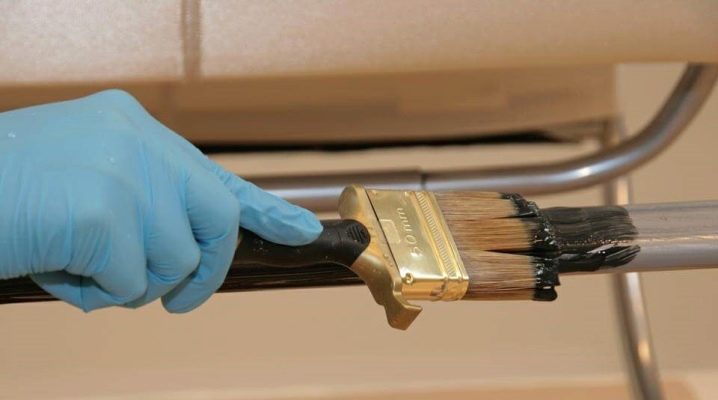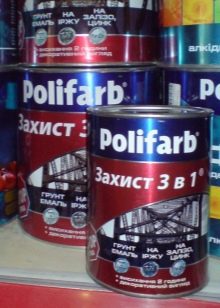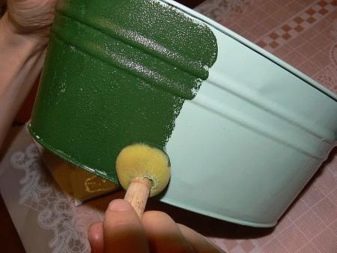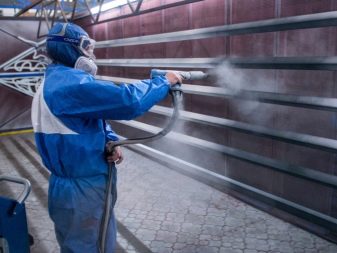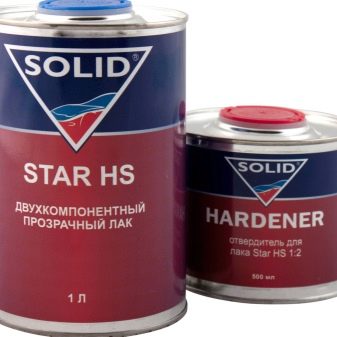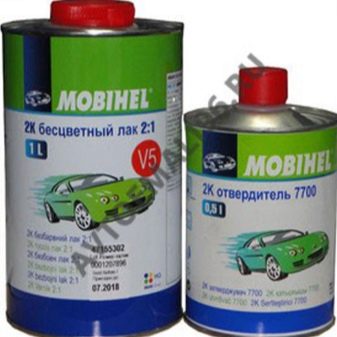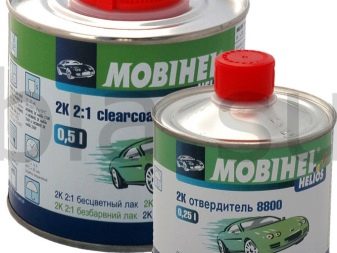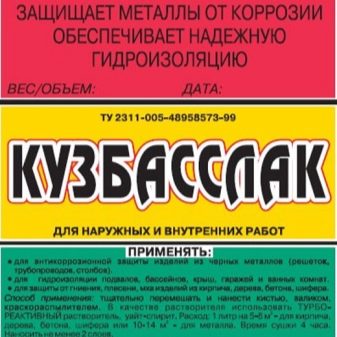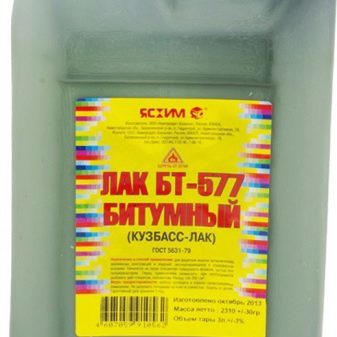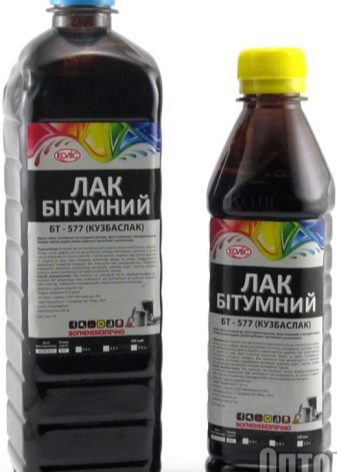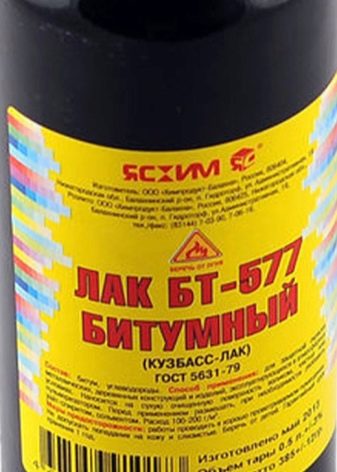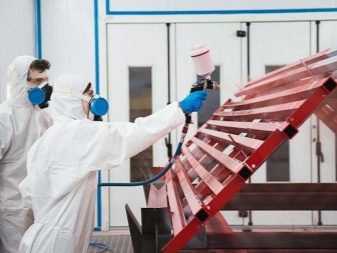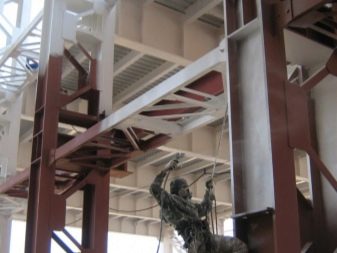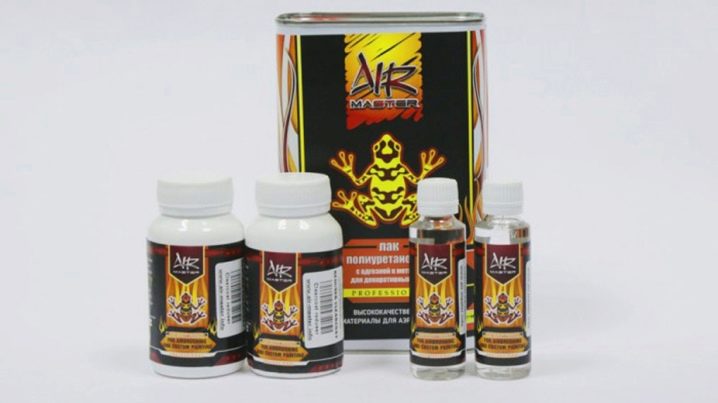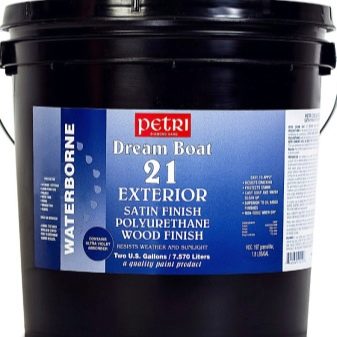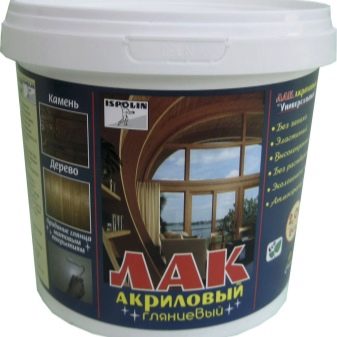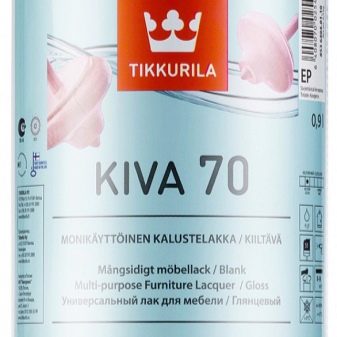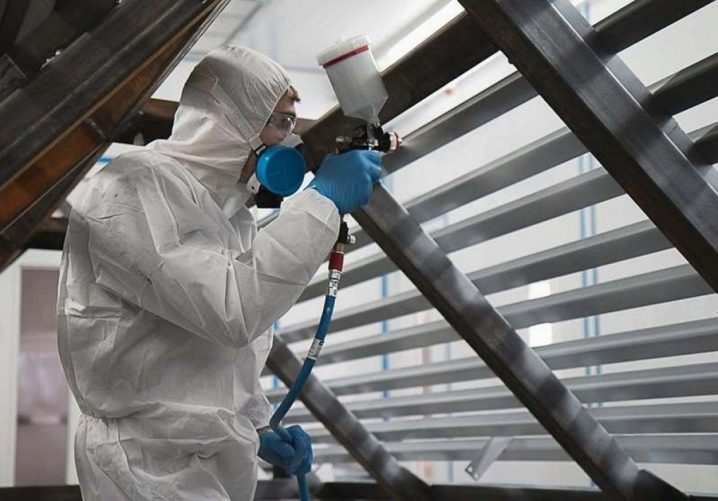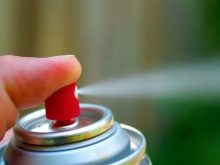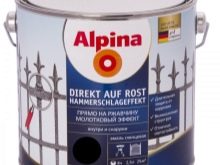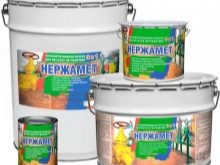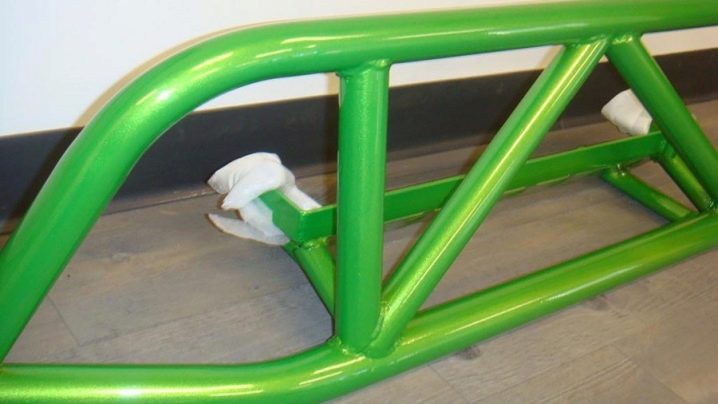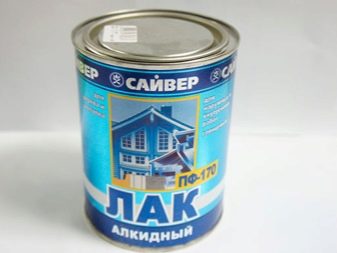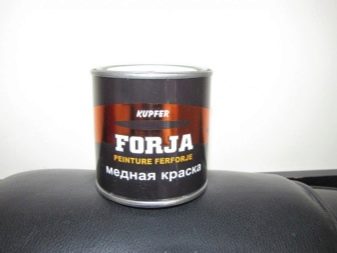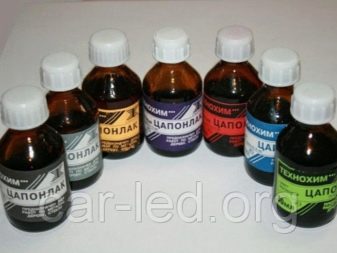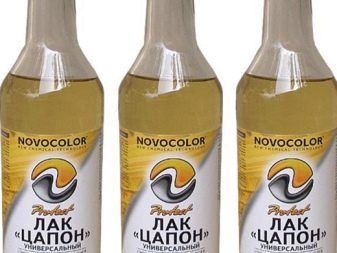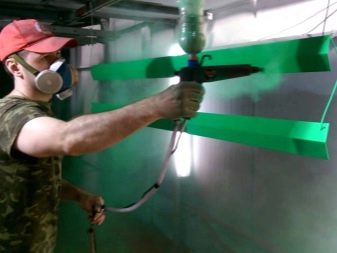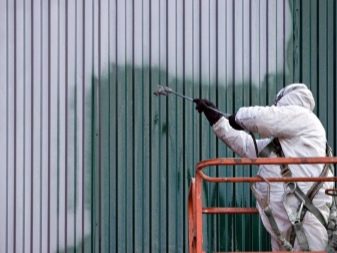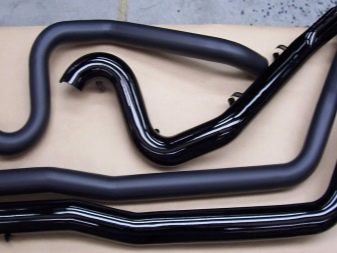Varnish on metal: types, properties and application
Metal is a fairly durable material with excellent performance. However, even metal structures are exposed to negative factors and can quickly deteriorate. For the protection of such products produced special means. One of the most reliable protective coatings is varnish. Varieties, properties and use of this material will be discussed in more detail in this article.
Features and benefits
Manufacturers of paint coatings produce quite a few varieties of varnish on metal. Each type of this product will have its own specifications.
All varnishes for metal surfaces have common qualities:
- the composition of this material necessarily includes substances that protect the metal from corrosion;
- the coating created by varnish is distinguished by high strength and wear resistance;
- mixtures not only create a durable coating, but also extend the service life of metal structures;
- well protect the surface from moisture and other negative external manifestations.
Types and release form
In the modern market of finishing materials there are many varnishes, different in composition and properties that can be used to protect metal surfaces.
The classification of mixtures is as follows:
- Kuzbasslak or bituminous varnish;
- coating, based on polyurethane;
- acrylic based varnish;
- alkyd mixtures;
- heat-resistant solutions for stoves and fireplaces;
- lacquer "Tsapon".
Varnishes for metal are produced mainly in the form of a clear solution. However, there are black and colored mixtures, and pigments can be added to some types of colorless formulations.
In addition to shade, paints and varnishes differ in the level of gloss created by the coating:
- frosted;
- semi-gloss;
- brilliant glossy finish;
- semi glossy;
- high gloss.
According to the form of release, one-component and two-component compositions are distinguished. Mono-component mixtures are ready for application. Such varnishes are not very popular, as they are inferior in quality to two-component compositions.
Bicomponent mixtures are divided into base and hardener. To prepare the solution components must be mixed with each other. This should be done immediately before the start of repair work.
Kuzbasslak
Kuzbasslak is made on the basis of natural or artificial bitumen. To improve the technical characteristics of the coating in the manufacture of the mixture used special additives. After drying of such a mixture, a strong film is formed on the metal surface, which protects the structure from mechanical effects.
Bituminous varnish can be used in the process of metal etching. Those areas that are not subject to etching must be covered with Kuzbasslak. The resulting film will reliably protect the treated surface from exposure to chemicals.
Bituminous mixtures, in turn, are further divided into several subspecies, different in some of the components contained.Some characteristics of the solutions may vary, depending on the composition.
All types of bitumen solutions have the following positive properties:
- small price;
- excellent anti-corrosion properties;
- high level of protection against moisture;
- the mixture creates a high strength coating;
- elasticity and resilience;
- resistance to temperature extremes.
Polyurethane
Polyurethane varnish is often used to create a reliable protective coating for the inside of various metal containers and tanks. This material can also be used for finishing metal structures inside and outside the room.
Among the advantages of the mixture are the following qualities:
- high adhesion level;
- excellent wear resistance;
- reliable corrosion protection;
- maintains a large range of temperatures: from minus sixty to plus eighty degrees;
- resistance to aggressive media;
- high strength of the coating;
- increases the life of metal structures.
Colorless mixture based on polyurethane can be combined with coloring substances to obtain the desired color.This coating is often used as a finish.
Acrylic based
Acrylic based blends are not inferior in quality to other varnishes on metal. One of the distinguishing features of acrylic compositions is the high rate of drying of the coating.
After drying, the varnish forms a very strong waterproof film on metal structures. Due to these properties, the mixture is ideal for processing metal products that are operated in conditions of high humidity or often come into contact with water.
Acrylic varnish has the following advantages:
- The material contains no toxic substances;
- strengthens the surface and increases the life of metal products;
- resistance to mechanical stress;
- fireproof;
- prevents the appearance of corrosion;
- resistance to the effects of salts and oils, due to which it is often used to cover cars;
- protects metal structures from the influence of negative environmental factors;
- excellent adhesion performance.
Alkyd
Alkyd varnishes form a durable shiny coating on the surface.This solution is made on the basis of alkyd resins with the addition of various additives. The form of release depends on the manufacturer of the material. In the construction market, you can find alkyd varnish in the form of an aerosol can or in a regular can.
The following advantages of such a coating are distinguished:
- after the varnish has dried, a high-strength protective film is formed on the surface;
- resistance to household chemicals and other aggressive substances;
- suitable for construction work both inside and outside the room;
- heat resistant;
- water resistant;
- high bondability with many materials.
Heat resistant
Heat-resistant mixture for stoves and fireplaces can withstand the effects of high temperatures (over two hundred and fifty degrees). This mixture is often used as an additive to alkyd varnishes and acrylic-based solutions. Oven varnish creates a reliable anti-corrosion protective coating.
Lac "Tsapon"
A mixture of "Tsapon" is a type of nitrolac. The solution creates not only a durable protective coating, but also decorates the surface, since colored pigments can be added to its composition.When adding certain colorants, the consistency of the varnish can become thicker, similar to a liquid gel.
This type of nitrolac can be used for priming metal. Primer "Tsapon" prevents the formation of rust and perfectly protects the surface from destruction.
How to choose and how to apply?
Before you make a choice in favor of one or another varnish for metal, it is necessary to take into account many factors.
When choosing the right coverage, you can use the following recommendations:
- Explore the range of mixtures for the treatment of metal coatings. Each type of varnish has its own characteristics and technical characteristics.
- Consider the scope of the paint material. Mixtures for exterior work must have good moisture resistance and resistance to temperature extremes.
- The desired color coating. In the modern market of building materials you can find not only transparent varnishes for metal, but also pigmented variants.
- The desired gloss level of the finished coating. The matte surface is easier to care for. Glossy coating looks more attractive, but not very practical, as it is subject to various contaminants and scratches,which will be clearly visible on the shiny surface.
Tips and tricks
- In order for your chosen varnish to meet all the stated characteristics and allow you to create a durable and durable coating, you must be sure to familiarize yourself with the instructions for applying the mixture. Each type of varnish on metal requires adherence to special recommendations for application.
- The process of preparing a metal surface before starting work does not depend on the specific type of varnish and in the first place it consists in a good cleaning of the substrate. The metal construction is cleaned from dust, dirt and rust, and then degreased. You can apply the varnish using a paint brush, spray gun or spray can (if you purchased an aerosol).
- Usually the metal solution is applied in three layers. After applying each subsequent layer, you must take a break to dry the previous one. Drying time must be observed on the material packaging.
How to apply varnish, see below in the video.
